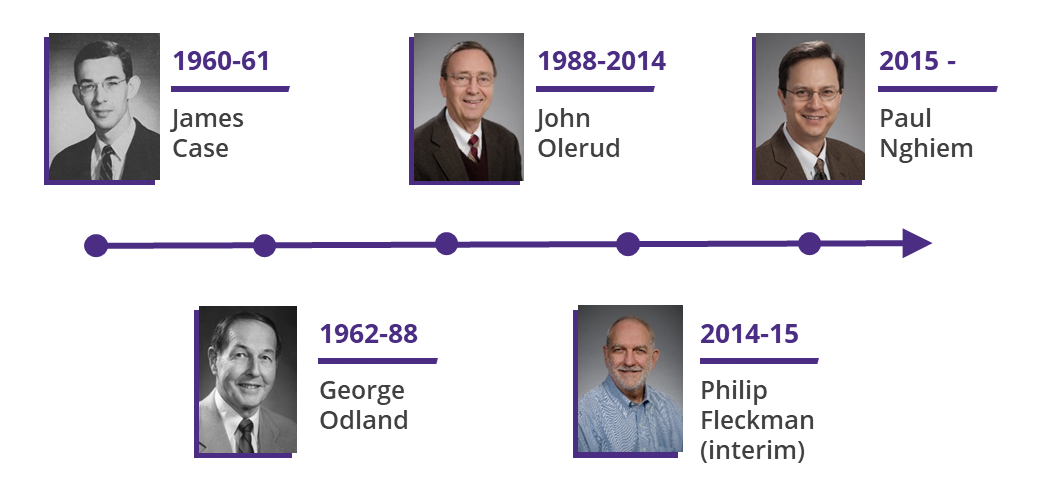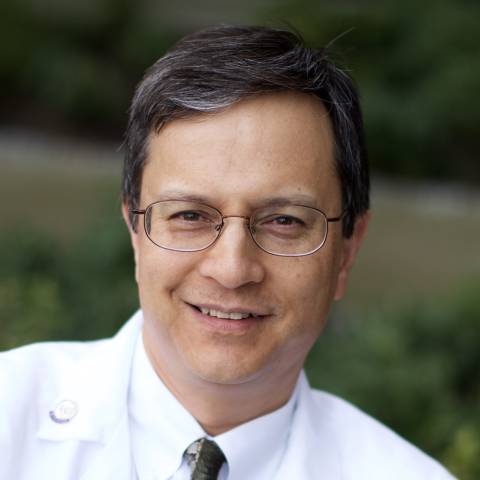
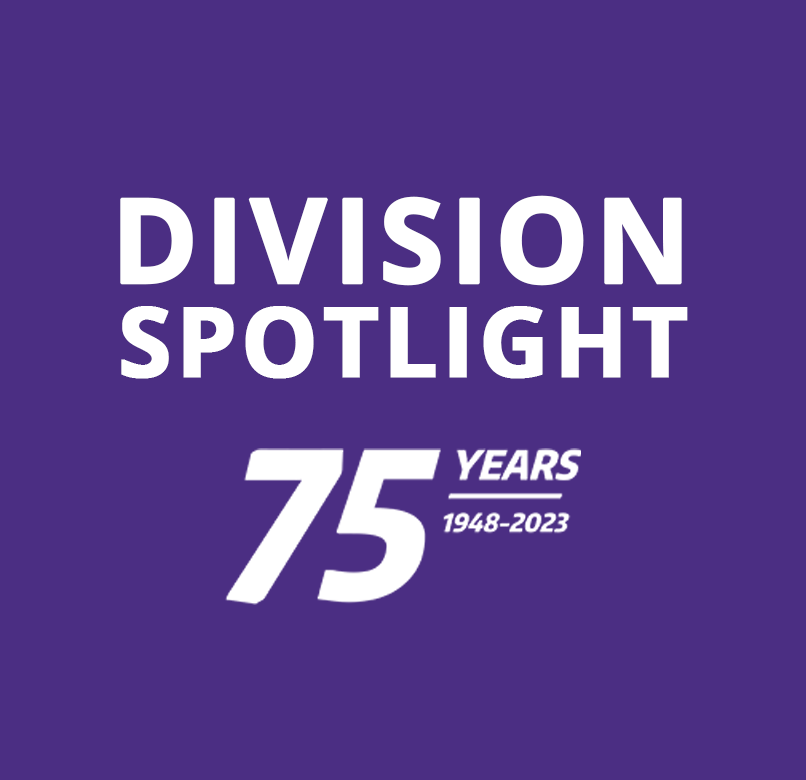
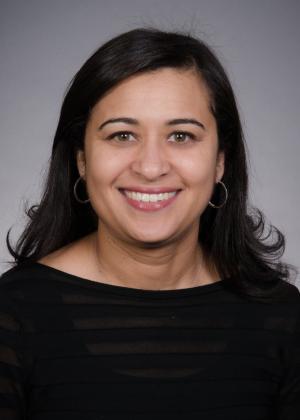
Division Spotlight: Dermatology
Celebrating 75 years
As part of our 75th Anniversary, we plan to spotlight each of our divisions over the course of the year, in the order that they were established. Learn more about our 75th Anniversary on our website.
The Division of Dermatology was established in 1961 by Dr. James Case. After Dr. Case’s untimely death, Dr. George Odland led the division for 26 years. Odland’s passion for innovation and research helped the division become a nationally recognized leader for its contributions to skin biology research.
For more than six decades, the division has flourished by expanding patient access into additional clinics, hospitals and regions (through the use of telemedicine), introducing new research programs, forming strong collaborative partnerships with universities and research entities across the world, and offering a variety of educational opportunities including residencies, fellowships, research projects and scholarships for dermatology trainees and medical students.
Today, we are consistently ranked as one of the nation’s leaders in dermatologic research, training and patient care. Our faculty and investigators conduct cutting-edge basic research and clinical trials and publish in leading dermatologic journals on skin, hair and nail disorders and diseases.
Education
UW Dermatology is the only dermatology training program in the five-state WWAMI (Washington, Wyoming, Alaska, Montana and Idaho) region.
Our residency program, which graduated it’s first trainee in 1966, is highly sought after for medical graduates and trainees, receiving over 500 applications for our 4 open positions annually. Since 2015, the number of funded dermatology residency training slots has increased from 7 to 13.
We offer two unique graduate student fellowship opportunities in Pediatric Dermatology, offered through Seattle Children’s, and Dermatopathology in collaboration with the UW Department of Laboratory Medicine and Pathology.

We also offer unique training opportunities for medical students through our “George Odland Scholarships". In 1998 the Herzog Foundation and the University of Washington School of Medicine established this Endowed Medical Student Scholarship fund to increase excellence and diversity in the pool of candidates for careers in academic dermatology and skin biology.
Clinical care
The University of Washington Medical Center Roosevelt Dermatology Center has an inpatient consultative service and an outpatient dermatology clinics at 10 locations throughout Seattle and provides a full range of dermatology services from general care to specialized skin cancer surgery, laser surgery, phototherapy, teledermatology and interpretation of skin biopsies.
Dermatologic Surgery
Established in 1990, our Dermatologic Surgery program focuses on diagnosis and treatment of skin cancer, treatment of cutaneous lesions amenable to laser therapy, and general dermatological surgery procedures. The specialized surgical techniques performed include Mohs micrographic surgery, pulsed dye laser treatments, CO2 laser, and other cosmetic procedures.
Rheumatology-Dermatology
The Rheumatology-Dermatology Clinics at the UW Medical Center Roosevelt Clinic and Harborview Medical Center address the needs of patients with autoimmune skin diseases, including patients with systemic lupus erythematosus, psoriasis and psoriatic arthritis, and scleroderma spectrum diseases.
Dermatopathology
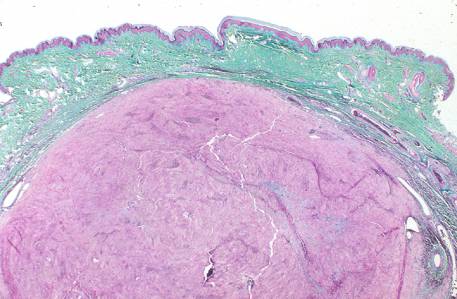 UW Medicine Dermatopathology (Dermpath) service is provided at the UW Medical Center-Montlake campus, in collaboration between the Division of Dermatology and the recently merged Department of Laboratory Medicine and Pathology. Four providers staff the Dermatopathology team diagnosing skin diseases by examining cellular samples under a microscope.
UW Medicine Dermatopathology (Dermpath) service is provided at the UW Medical Center-Montlake campus, in collaboration between the Division of Dermatology and the recently merged Department of Laboratory Medicine and Pathology. Four providers staff the Dermatopathology team diagnosing skin diseases by examining cellular samples under a microscope.
Research
We currently have 16 active industry, NIH, and foundation funded research projects and clinical trials, and faculty and trainees are currently pursuing independent research and scholarly work on over 100 projects and topics.
The division houses several research teams that which encourage involvement from dermatology and bio-medical trainees, across many phases of their careers.
Merkel cell carcinoma
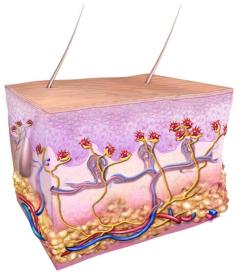 Our researchers are simultaneously pursuing over 40 research questions related to the diagnosis, treatment and prevention of Merkel cell carcinoma (MCC). Some of their recent developments include changing the practice standards related to the surgical treatment of MCC and recent updates to the suggested approach to imaging for management of MCC in newly diagnosed patients. The team is also working to develop a therapeutic vaccine to prevent recurrence of MCC in patients for which initial surgery and/or radiation removes all evident cancer.
Our researchers are simultaneously pursuing over 40 research questions related to the diagnosis, treatment and prevention of Merkel cell carcinoma (MCC). Some of their recent developments include changing the practice standards related to the surgical treatment of MCC and recent updates to the suggested approach to imaging for management of MCC in newly diagnosed patients. The team is also working to develop a therapeutic vaccine to prevent recurrence of MCC in patients for which initial surgery and/or radiation removes all evident cancer.
Global dermatology
Our researchers are working to improve access and quality of care for skin disease in underserved and vulnerable populations around the world and among the refugee population in the United States.
Skin regeneration, repair and imaging
Our researchers are studying the biology of skin cells called keratinocytes with the goal of understanding how they normally mature to form an effective barrier tissue and how they are compromised in skin disease. The goal is to identify novel approaches to promote skin tissue regeneration, to prevent skin damage from environmental stressors, and to treat genetic dermatologic disorders.
National Registry for Ichthyosis and Related Disorders
The National Registry for Ichthyosis and Related Disorders was created with the support of the National Institutes for Health to encourage research into the diagnosis and treatment of the ichthyoses and related disorders. We have approached this goal by having people that are affected by these conditions enroll in the registry as well as by sharing information about ongoing research projects with those who ask to be notified.
Leadership
